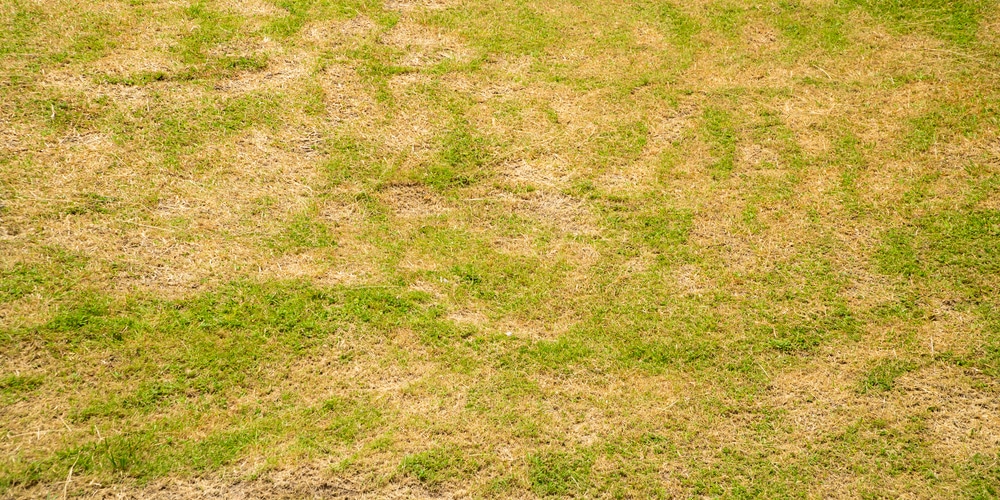For your lawn to thrive and look great, you’ll need to take good care of your grass. This involves fertilizing regularly, cutting your grass, aerating, and if you’ve had problems with fungus infections in the past, applying a fungicide. Many gardeners are wondering whether they can apply fungicide and fertilizer at the same time.
Some fungicides and fertilizers are compatible with each other and can be used together. In general, you should only use these products in conjunction with each other if they both need to be watered into your lawn. Let’s look at which fertilizers and fungicides can be used together.
Short Answer: Yes, you can apply fungicide and fertilizer at the same time.
Can You Apply Fungicide and Fertiliser at the Same Time?

Often fungicide and fertilizer can be used together to improve the soil’s nutrients and the health of the grass. You must use similar products that need to be watered in to use these products simultaneously.
Most fertilizers require water to activate them and wash them into the soil to feed the grass. On the other hand, Fungicides are designed to be sprayed on plants to kill fungal infections on the blades of grass. Liquid fungicides shouldn’t be washed off the blades of grass, or they’ll be infective.
However, some fungicides come in a granular form and need to be watered in; these can be used at the same time as a fertilizer. You may even be able to use granular fungicide and fertilizer simultaneously by putting them both into a spreader. This saves time as you’ll only need to spray your lawn once. Always read the manufacturer’s labels to find a fungicide and fertilizer that can be applied in the same way if you’re planning to use them together.
There are many different types of fertilizer available, so you may be confused about which is best to use on your lawn. It’s best to use a non-burning fertilizer that’s high in nitrogen as these promote grass growth, green your lawn, and are excellent for all grass varieties.
When using a fertilizer with fungicide, it’s best to use a lawn starter fertilizer. These products are gentler on grass as they’ve been specially formulated for new sod and grass seedlings. They can also be mixed with fungicides with excellent results.
Fungicides that Shouldn’t be Mixed with Fertilizer

Most liquid fungicides can’t be mixed with fertilizer as they don’t need to be watered in. If you’re using a liquid solution, you’ll need to apply your fertilizer and fungicide separately at least three days apart.
It’s best to leave one or two weeks between spraying your lawn with fungicide and fertilizer, if possible. Often nutrient deficiencies make grass turn yellow or brown, and this is sometimes mistaken for fungal disease. It’s a wise idea to first apply fertilizer to your lawn to see if your grass improves. You may find that your grass greens up and looks healthy, in which case you don’t need to use a fungicide.
Using a liquid copper fungicide at the same time as fertilizer isn’t recommended due to their method of application. In most cases, copper fungicide needs to be left for twelve hours after application and should be applied in dry conditions. This means it can’t be used in conjunction with a fertilizer that needs to be watered in. Rather than applying the products at the same time, use the fungicide first and then wait three days before applying fertilizer.
Conclusion
You can apply fungicide and fertilizer at the same time, but it’s best to use granular products. These can be mixed and applied to your lawn in a spreader. They’ll also both need to be watered in to activate the main ingredients.
If you have either a fungicide or fertilizer that doesn’t need to be watered in, or you want to use a liquid fungicide, it’s recommended that you apply the products separately. Wait at least three days after applying fungicide to spread fertilizer.
There are also some steps you can take to reduce the likelihood that your lawn will suffer from fungal infections. Applying a slow-release fertilizer regularly will help improve the grasses’ health and make it more able to resist fungal disease. Also, regularly water, aerate and dethatch your lawn to stop the fungus from growing.